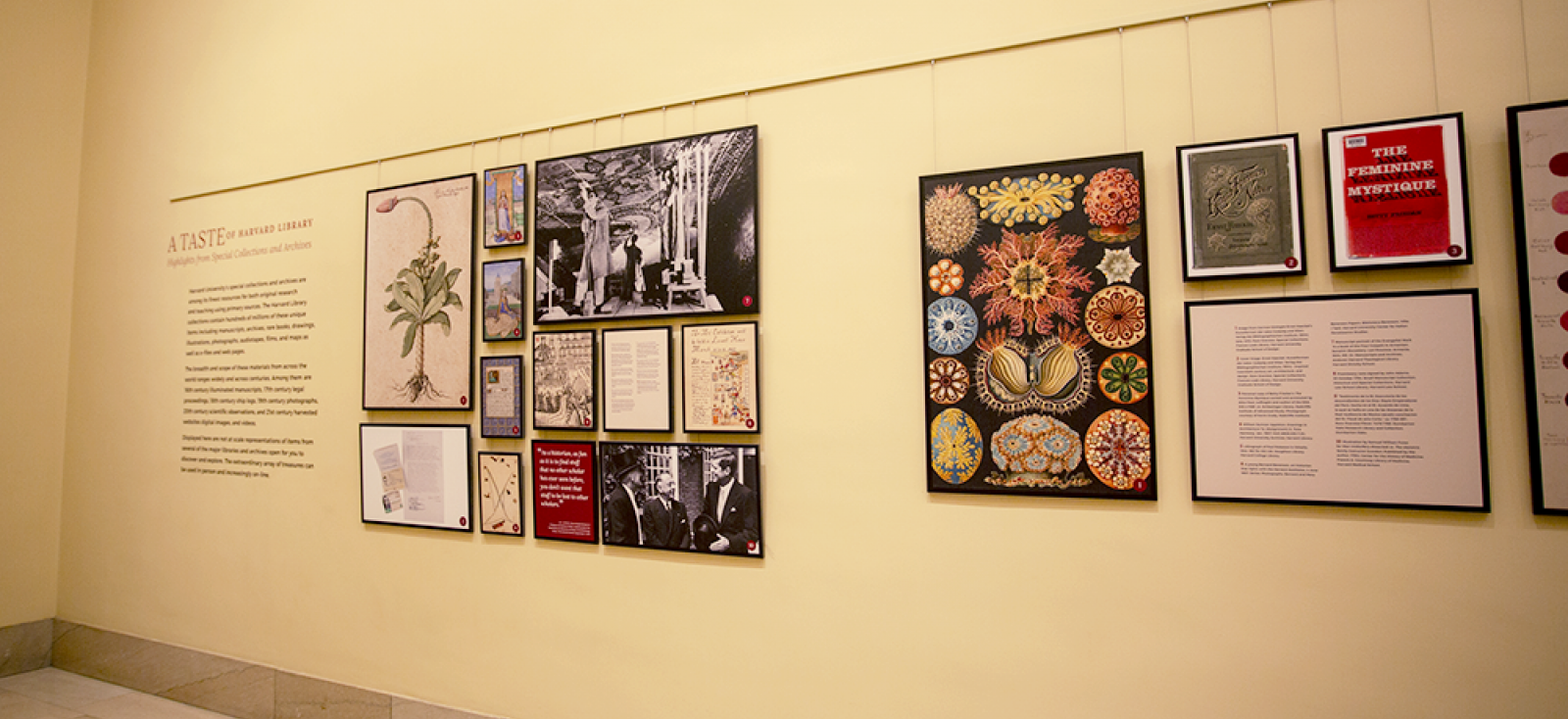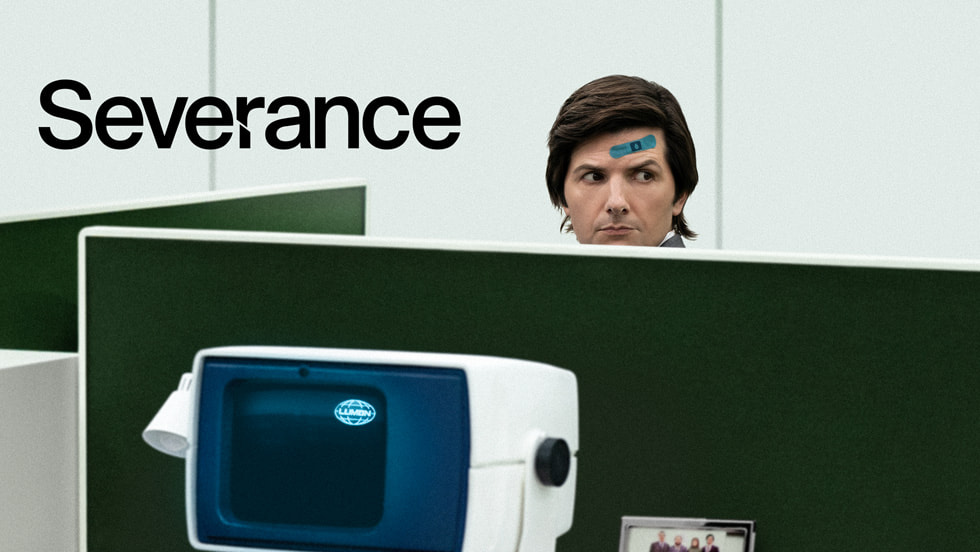The Harvard Archives Exhibit, titled “Archives Inside Out,” showcases captivating artifacts that illuminate the rich history of Harvard University and its integral role in American history. Among the featured pieces is a heartfelt letter from John F. Kennedy to his classmates, offering a glimpse into the mind of one of America’s most iconic leaders. The exhibit also includes significant correspondences, such as a poignant letter from W.E.B. Du Bois, discussing race relations in early 20th-century America. These carefully curated items drawn from the Harvard University Archives not only reflect the institution’s narrative but also celebrate the expertise of the archivists who preserve such vital historical records. By revealing the intricacies of archival work, the exhibit demystifies the process of how personal artifacts evolve into vital pieces of Harvard history.
The “Archives Inside Out” exhibit at Harvard serves as a remarkable exploration of historical documents that reflect the narrative of Harvard University and the broader American experience. This showcase presents an array of treasures, including letters that capture personal sentiments and notable instances in Harvard’s timeline. From John F. Kennedy’s correspondence to W.E.B. Du Bois’ reflections on societal issues, the collection highlights the human stories that intertwine with institutional history. The exhibit cleverly merges fine curation with a desire to make the archival process accessible, shedding light on how these precious artifacts enhance our understanding of Harvard’s legacy. By presenting these materials, the exhibit acts as a bridge connecting past and present, inviting visitors to engage with the stories embedded within each document.
The Significance of the Harvard University Archives
The Harvard University Archives stand as a crucial repository of both academic and national history. They preserve a vast array of documents, letters, and artifacts that not only reflect the evolution of Harvard itself but also narrate the broader story of America. Through careful curation and preservation, archivists ensure that pivotal moments in history, such as social movements and correspondences between influential figures, are kept accessible for future generations. The archives are a testament to Harvard’s commitment to understanding and interpreting its past, thereby enriching the academic environment for scholars and students alike.
One of the notable strengths of the Harvard University Archives is their holistic approach to documenting the university’s legacy. Items like the letter from John F. Kennedy to his Harvard College classmates and the poignant correspondence from W.E.B. Du Bois highlight the intertwining of personal narratives with larger social issues. As demonstrated by the ‘Archives Inside Out’ exhibit, these archival finds serve to illuminate the personal dimensions of historical figures, thereby providing a unique window into the cultural and social dynamics that have shaped Harvard’s historical narrative.
Highlights from the ‘Archives Inside Out’ Exhibit
The ‘Archives Inside Out’ exhibit at Harvard University Archives features selected gems that encapsulate the institution’s rich history and the narratives that resonate through American society. Among the standout pieces are letters and documents that reveal the intimate thoughts and experiences of historical figures like John F. Kennedy and W.E.B. Du Bois. By showcasing these items, the exhibition not only celebrates the university’s heritage but also fosters a connection between viewers and the storied past of Harvard and its impact on contemporary life.
Another compelling aspect of the exhibit is the inclusion of lesser-known stories, such as those shared through personal correspondences like Ragan Henry’s letter to Joseph Levow Steinberg. This collection connects the everyday experiences and challenges of Harvard students from diverse backgrounds, demonstrating how their voices contribute to the broader tapestry of Harvard’s history. Through this initiative, the Archives open the door to understanding how individual lives intersect with national narratives, prompting visitors to reflect on their role within this continuum.
Cultural Context of Archival Materials
Archival materials, such as the sketches from the Harvard Lampoon and the perpetual calendar developed by Thomas Hill, provide significant cultural insights that extend beyond academic boundaries. For instance, the unique artifact of Hill’s perpetual calendar not only highlights the innovative spirit of Harvard’s past leadership but also reflects the interplay between education and scientific advancement. This integration of art and science, as seen in the tools and documents from the archives, underscores the diverse intellectual currents that have shaped Harvard’s identity throughout its history.
Moreover, the rich variety of materials held in the Harvard University Archives, including photographs of early female astronomers and narratives from pacifist student initiatives during World War II, illuminate the societal shifts in gender roles and political consciousness. Such items captured in the ‘Archives Inside Out’ exhibit reflect the often overlooked contributions of different communities. They remind us that history is multifaceted, and the archives play a vital role in documenting these intricate stories as they unfold within the university context.
Engaging Community Through Archives
The goal behind exhibits like ‘Archives Inside Out’ is not just to showcase historical finds but also to engage the broader community in a meaningful dialogue about the past. By inviting contributions from archivists and staff about their favorite materials, the exhibit creates a collaborative atmosphere that emphasizes the shared responsibility of preserving history. This engagement is crucial for demystifying the archival process and fostering a greater appreciation for the work that goes into maintaining these collections.
Furthermore, public engagement with archives enhances the connection between the university and the community, making history accessible and relevant to a wider audience. Initiatives like discussion panels or guided tours led by archivists can further enhance this connection, inviting visitors to explore not just the artifacts but also the stories they tell. By breaking down barriers, the Harvard University Archives encourage a collective investment in preserving history, thus enacting the central tenets of education and cultural heritage.
Preservation Techniques in Archiving
The methods used for archiving materials at Harvard University Archives highlight the advancement in preservation techniques that safeguard historical documents for posterity. From climate-controlled storage facilities to advanced digitization processes, archivists apply dedicated strategies to ensure that vital records like the correspondence from W.E.B. Du Bois remain intact and accessible. Digitization, in particular, significantly enhances preservation efforts by allowing fragile documents to be shared widely without risking damage to the original pieces.
Through innovative techniques, archivists also focus on the narrative dimension of archiving. Each item, whether it’s John F. Kennedy’s letter or a historical newspaper clipping, comes with context that is essential for understanding its significance. By adopting a holistic perspective on both preservation and storytelling, the archives not only protect their collections but also enrich the public understanding of Harvard’s role in historical narratives.
The Role of Diverse Voices in Archives
Diversity plays a critical role in creating a comprehensive representation of history within the Harvard University Archives. Personal letters, like those from Ragan Henry, emphasize the contributions of under-represented communities, shedding light on the complexities of identity and experience at Harvard. Such inclusivity enriches the archival collection and provides researchers with a broader spectrum of narratives that reflect the multifaceted nature of history.
Moreover, emphasizing diverse voices challenges traditional narratives, inviting a reevaluation of who gets to be remembered in history. Initiatives such as the Equity, Diversity, Inclusion, Belonging, and Antiracism Digitization Program exemplify the commitment of the Harvard University Archives to ensure that marginalized experiences are documented and preserved. This proactive approach inspires future generations to recognize and value the contributions of every community member in the ongoing story of Harvard and its impact on society.
Impact of Technology on Archiving
Advancements in technology have profoundly influenced the way archives are managed and experienced. The transition from traditional paper records to digital platforms has facilitated greater accessibility for researchers and the public alike. Initiatives like web archiving programs at the Harvard University Archives exemplify this shift by capturing and preserving online materials that document contemporary issues, such as the COVID-19 pandemic. These digital assets provide immediate insights into modern challenges while ensuring that they are recorded for future analysis.
Furthermore, technology-driven tools allow for innovative ways to engage audiences with archival content. Interactive platforms can offer virtual tours of exhibits like ‘Archives Inside Out’, thereby reaching a global audience that may not have the opportunity to visit in person. Such methods highlight the dynamic nature of archives, showcasing their evolution from static collections to vibrant resources that foster ongoing conversations about history and culture.
The Educational Role of Archives
The educational potential of the Harvard University Archives extends well beyond traditional academic settings. The wide array of materials available encourages interdisciplinary exploration among students, researchers, and the public. By providing access to primary sources, the archives serve as a valuable tool for experiential learning, enabling individuals to engage directly with historical documents that connect theory with practical insights.
Educational programs tied to the archives can also promote critical thinking and historical literacy. Workshops and seminars that utilize archival materials empower participants to analyze and interpret documents actively, cultivating a deeper understanding of the societal and cultural contexts in which these items were created. Ultimately, fostering this type of engagement with history fosters a greater appreciation for the complexities of human experience and the importance of preserving these narratives.
Future Directions in Archival Practice
Looking ahead, the future of archival practice at Harvard University Archives will continue to be shaped by the need for accessibility and engagement. As society evolves, so too must the methods used to preserve and present historical materials. Embracing emerging technologies and responsive curation practices will enable archivists to not only safeguard the past but also to create relevant narratives that resonate with contemporary audiences.
Additionally, evolving best practices around diversity and inclusion will be crucial in shaping future archival strategies. Recognizing gaps in representation and actively curating collections that reflect a broader spectrum of experiences will enhance the relevance and impact of archives. By embracing these approaches, the Harvard University Archives can remain a vital resource for understanding both the nuanced history of the university and the collective memory of society as a whole.
Frequently Asked Questions
What items are featured in the Harvard Archives Exhibit called ‘Archives Inside Out’?
The ‘Archives Inside Out’ exhibit showcases a variety of historical items from the Harvard University Archives, including a handwritten note by John F. Kennedy, a 1905 letter from W.E.B. Du Bois, and photographs documenting the Harvard community’s response during pivotal moments in history such as the COVID-19 pandemic.
How does the ‘Archives Inside Out’ exhibit showcase Harvard history?
The ‘Archives Inside Out’ exhibit highlights significant documents and artifacts from the Harvard University Archives that not only reflect the history of Harvard but also illuminate broader American history, emphasizing personal stories and societal changes over the years.
Who contributed to the curation of the Harvard Archives Exhibit ‘Archives Inside Out’?
The ‘Archives Inside Out’ exhibit was curated by a team of Harvard archivists, including Emily Atkins, Hannah Hack, Virginia Hunt, and others, who selected their favorite archival items to encourage public engagement with Harvard’s rich history.
What is the significance of the John F. Kennedy letter in the Harvard Archives Exhibit?
The letter from John F. Kennedy to Harvard College Class of 1940 serves as a personal glimpse into the life of a nuanced historical figure and highlights the connections between Harvard’s alumni network and significant national events.
How does the Harvard University Archives contribute to understanding race relations through the exhibit?
The exhibit features historical correspondence, such as a letter from W.E.B. Du Bois, that discusses race relations in America, thereby providing context to the ongoing conversation about race within Harvard history and beyond.
What role do archivists play in the ‘Archives Inside Out’ exhibit?
Archivists at Harvard University played a crucial role in the ‘Archives Inside Out’ exhibit by selecting items that showcase their work and expertise, as well as illustrating how archival materials help preserve and narrate both Harvard’s and America’s history.
How does the ‘Archives Inside Out’ exhibit aim to make archival work accessible?
The ‘Archives Inside Out’ exhibit aims to demystify archival work by presenting items that engage visitors and show how archives are vital sources for understanding history, thus making Harvard’s archival treasures more accessible to the public.
Where can visitors view the ‘Archives Inside Out’ exhibit?
The ‘Archives Inside Out’ exhibit is open to the public at the Pusey Library in the Lammot du Pont Copeland Gallery, showcasing important historical items from the Harvard University Archives.
What is the impact of the exhibit on understanding Harvard’s community history?
The ‘Archives Inside Out’ exhibit reveals personal stories and significant events that shaped Harvard’s community history, fostering a deeper understanding of the university’s role in American society through its archival collections.
What are some examples of items that reflect Harvard’s institutional history in the exhibit?
Items such as sketches from The Harvard Lampoon, a perpetual calendar from Harvard’s past president Thomas Hill, and documents relating to student activism during WWII reflect the rich institutional history captured within the Harvard University Archives.
| Item | Description | Archivist |
|---|---|---|
| Handwritten note from John F. Kennedy | A warm, humorous letter from JFK to his Harvard classmates, revealing a personal side of the former President. | Pam Hopkins, Head of University Archives Reference Services |
| Photograph of women computers (circa 1900) | Image depicting women cataloging stars at the Harvard College Observatory, illustrating their invisible labor. | Alison Macdonald, Records Manager/Archivist for Operations |
| Letter from W.E.B. Du Bois (1905) | A letter discussing race relations, from Du Bois to his mentor, reflecting on historical perspectives. | Erin Clauss, Lead Processing Archivist |
| Perpetual calendar (1885) | An intricate paper instrument illustrating Thomas Hill’s broader interests beyond education, showcasing innovation. | Dominic P. Grandinetti, Processing Archivist |
| The Harvard Crimson screen capture (March 2020) | Documentation of Harvard’s response to the COVID-19 pandemic, part of the web archiving program. | Sean Crawford, Collection Development and Records Management Coordinator |
| Sketches from the Harvard Lampoon (1882) | The first donation from the Lampoon into the Archives, showcasing the intersection of student life and history. | Alexandra Dunn, Collection Development Archivist |
| Letter from Seamus Heaney to Helen Vendler (2006) | A personal and light-hearted letter discussing a medical emergency, reflecting Heaney’s friendship with Vendler. | Heidi Horner, Collection Development & Records Management Services Assistant |
| Letter from Ragan Henry to Joseph Levow Steinberg (1953) | A personal letter capturing the lives of two students discussing race and societal issues during the 1950s. | Jehan Sinclair, Processing and Digitization Archivist |
| Bound typescript on Harvard Pacifists (1942) | Accounts of Harvard students opposing military service in WWII, reflecting their ideological struggles. | Ed Copenhagen, Reference Archivist |
Summary
The Harvard Archives Exhibit showcases a rich collection of significant items that illuminate both Harvard’s and America’s historical narratives. The curated selection, displayed through April 30, includes personal letters, photographs, and artifacts that reflect the diverse experiences of Harvard’s community over the years. By engaging with these primary sources, visitors can gain insights into the complex intersection of institutional history and personal stories, showcasing the pivotal role of Harvard in shaping American culture. This exhibit not only celebrates the institution’s legacy but also highlights the vital work of archivists in preserving these narratives for future generations.



